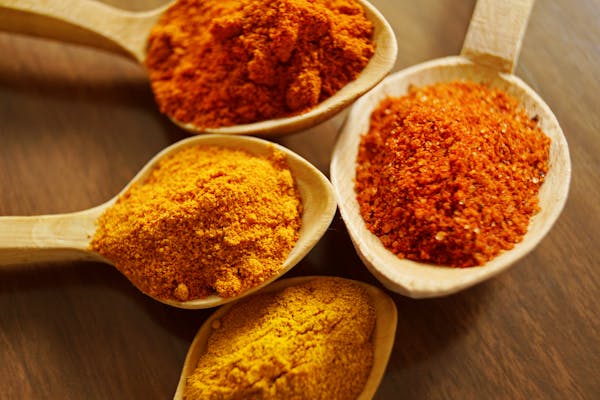NEUROTRANSMISSION, NERUROTRASMITTER AND CO-TRANSMITTERS
What is Neurotransmission?
Neurotransmission is the process where chemical signals are transmitted between neurons and their target organ and tissue.
Neurotransmission helps to regulate excitatory and inhibitory functions in the nervous system. They are mediated by chemical substances called NEUROTRANSMITTERS
What is a Neurotransmitter?
Neurotransmitters are chemical substances that are transmitted between neurons and effector tissues and organs..
Types of Neurotransmitters
-Excitatory Neurotransmitter
-Inhibitory Neurotransmitter
Examples of Excitatory Neurotransmitter
-Glutamate
-Nitric Oxide
-Aspartate
Examples of Inhibitory Neurotransmitter
-GABA
-Glycine
-Serotonin
-Dopamine
Note: Some neurotransmitters act as both excitatory and Inhibitory Neurotransmitters
examples: Acetylcholine and Norepinephrine, they are neurotransmitters that are released from the presynaptic or pre-juctional site following the presence of action potential in the Autonomic Nervous System.
What are Co-transmitters?
Co-transmitters are chemical substances that are released along with the primary neurotransmitters at neuronal terminals. They help to modulate the actions of the primary neurotransmitter by providing long - acting action of the neurotransmitter or providing feedback inhibition of the same or nearby neuronal terminal.
Examples of Co-transmitters:
-Vasoactive intestinal polypeptide
-Enkephalin
-ATP
-Neuropeptide Y
-Substance P















No comments:
Post a Comment